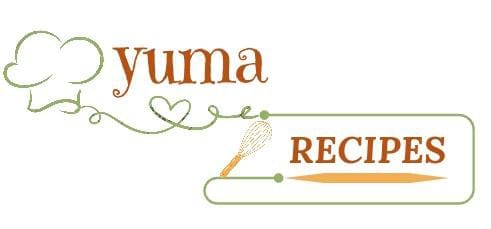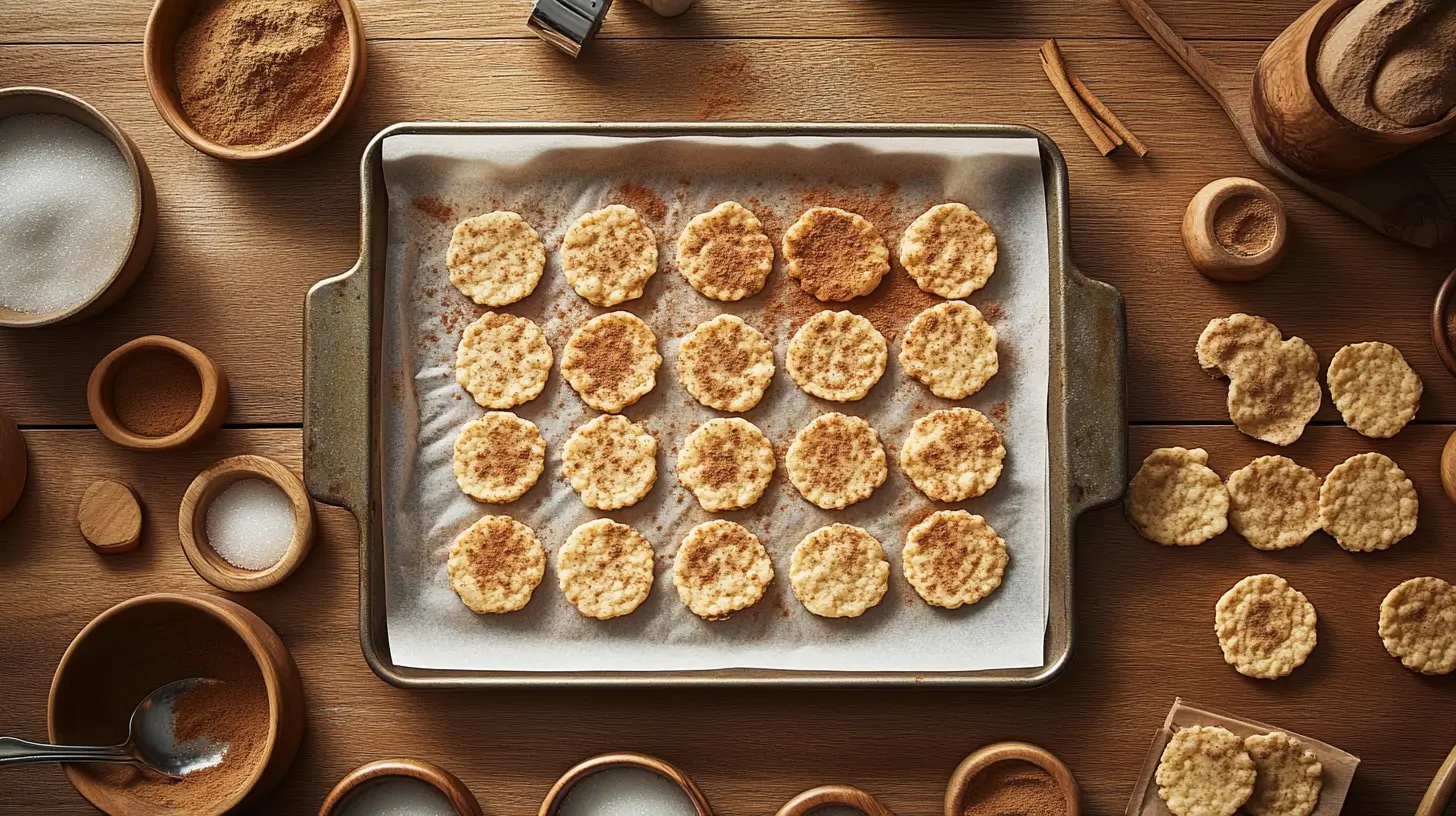Cinnamon baking chips are the secret ingredient that every baker needs to have in their arsenal. Have you ever wondered, what are cinnamon chips made of, and how they can elevate your baking game? These tiny yet flavorful morsels combine the warmth of cinnamon with the sweetness of sugar, making them perfect for a wide range of desserts and breakfast dishes. Whether you’re a seasoned baker or a beginner, cinnamon chips offer versatility and a unique flavor boost that’s hard to resist.
In this article, we’ll dive into everything you need to know about cinnamon baking chips. From the ingredients and step-by-step preparation to gluten-free and vegan options, we’ll also explore creative ways to use these chips in your recipes. If you’ve been relying on store-bought cinnamon chips, you’ll be amazed at how much better homemade versions taste. Plus, making your own allows you to control the ingredients, avoid unnecessary additives, and tailor the recipe to suit dietary preferences. Let’s get started on this flavorful journey!
What Are Cinnamon Chips Made Of and Why Should You Make Them?
While store-bought cinnamon chips are readily available, they often leave much to be desired. For one, they tend to lack the robust flavor of real cinnamon and are frequently packed with preservatives and artificial ingredients. When you opt to make your own, you’ll enjoy a more flavorful, healthier, and cost-effective option.
Benefits of Homemade Cinnamon Chips
- Authentic Flavor: Homemade cinnamon chips allow you to use high-quality ingredients like Saigon or Korintji cinnamon, which provide a sweeter, richer taste.
- Customization: Adjust the sweetness, spice level, and texture according to your preferences. Whether you like your chips soft or crisp, the choice is yours.
- Dietary Flexibility: Gluten-free? Vegan? No problem! Homemade cinnamon chips can be tailored to meet various dietary needs.
- Cost-Effectiveness: Making your own chips is much cheaper than purchasing specialty baking chips from the store.
Moreover, cinnamon chips are incredibly versatile. You can use them as mix-ins for pancakes, muffins, and cookies or as toppings for yogurt, oatmeal, and ice cream. Their unique flavor also complements recipes like snickerdoodles and cinnamon bread. For more baking inspiration, check out our recipe for cinnamon roll cheesecake and the ultimate guide to mini pancakes to see how cinnamon chips can add magic to your creations.
Ingredients for Cinnamon Chips: What are cinnamon chips made of ?

So, what exactly are cinnamon baking chips made of? The answer lies in a handful of simple pantry staples:
Core Ingredients
- 2/3 cup granulated sugar: Provides sweetness and helps form the chip structure.
- 3 tablespoons ground cinnamon: Saigon or Korintji cinnamon is recommended for a bolder flavor.
- 2 tablespoons vegetable shortening: Keeps the chips soft but firm. Substitute with butter, vegan butter, or coconut oil as needed.
- 2 tablespoons light corn syrup: Acts as a binder for the ingredients. Alternatives include agave syrup or Lyle’s Golden Syrup.
- 1/2 teaspoon vanilla extract: Enhances the flavor profile.
Substitution Options
- Vegan-Friendly: Replace shortening with plant-based butter and corn syrup with agave.
- Gluten-Free: The recipe itself is naturally gluten-free, but ensure the chips are paired with gluten-free baking recipes.
- Healthier Choices: Use a natural sweetener like monk fruit or erythritol to reduce sugar content.
By experimenting with substitutions, you can make cinnamon chips suitable for any diet. This flexibility makes them a fantastic addition to your baking repertoire, especially if you love creating recipes that cater to different needs.
Step-by-Step Guide: What are cinnamon chips made of
Making homemade cinnamon chips is easier than you might think. With just a few ingredients and basic kitchen tools, you can whip up a batch of delicious cinnamon chips in no time.

Preparation: Start With the Right Ingredients for Cinnamon Chips
Begin by gathering your tools: a mixing bowl, baking sheet, parchment paper, and a pizza cutter or sharp knife. Preheat your oven to 225°F and line the baking sheet with parchment paper. Spray the parchment lightly with cooking spray to prevent sticking.
Mixing and Shaping: Crafting the Perfect Cinnamon Chip Mixture
- Combine the dry ingredients (sugar and cinnamon) in a bowl.
- Add the wet ingredients (shortening, corn syrup, and vanilla extract). Mix thoroughly until you achieve a smooth, pliable paste.
- Spread the mixture onto the prepared parchment paper, flattening it to about 1/4-inch thickness using a rolling pin or your hands.
Baking the Chips: Ensuring Flavor and Texture
- Score the flattened mixture into small, chip-sized pieces using a pizza cutter or knife.
- Place the baking sheet in the oven and bake for 30–35 minutes, rotating the tray halfway through to ensure even cooking. Look for bubbling in the mixture, indicating the sugar has melted properly.
4. Cooling and Storing
- Once baked, let the mixture cool completely.
- Break or cut the chips along the scored lines.
- Store the chips in an airtight container at room temperature for up to a week or freeze for up to three months.
For more detailed instructions and tips, visit our recipe for homemade cinnamon baking chips.
Tips and Tricks for Perfect Cinnamon Chips
Even simple recipes can have their challenges. To ensure your homemade cinnamon chips turn out perfectly, here are some tips:
Troubleshooting Common Issues
- Chips Too Soft: Extend baking time or reduce the shortening.
- Uneven Baking: Spread the mixture evenly and rotate the tray during baking.
- Sugar Not Melting: Check oven temperature and ensure it’s preheated properly.
Flavor Enhancements
- Add spices like nutmeg, cardamom, or pumpkin spice for a seasonal twist.
- Experiment with different types of cinnamon to create a unique flavor profile.
Shaping Tips
- Use a pizza cutter for even, professional-looking chips.
- Try cookie cutters for festive shapes during holidays or special occasions.
Serving Suggestions

Cinnamon baking chips are versatile, so let your creativity run wild!
As Toppings
- Sprinkle over vanilla ice cream for added crunch and flavor.
- Add to yogurt or oatmeal for a warm, sweet-spicy touch.
- Garnish desserts like cinnamon roll cheesecake for a professional finish.
In Baking
- Mix into batter for pancakes, muffins, or scones.
- Incorporate into recipes like snickerdoodles or pumpkin rolls.
- Use as a filling for cinnamon bread or swirls.
Snack Ideas
- Pair with hot cocoa for a cozy treat.
- Dip in chocolate or caramel for an indulgent snack.
For more ideas, check out our for baked cinnamon chips.
Recipe Variations
Gluten-Free Cinnamon Chips
The recipe is naturally gluten-free but pairs wonderfully with almond or coconut flour-based baked goods.
Vegan Cinnamon Chips
Use plant-based butter and agave syrup for a dairy-free and vegan-friendly version.
Seasonal Twists
- Add pumpkin spice for an autumn-inspired batch.
- Incorporate cloves or orange zest for a holiday flavor.
Storage Tips for What are cinnamon chips made of
To ensure your cinnamon chips stay fresh:
- Room Temperature: Store in an airtight container for up to a week.
- Freezing: Place in a resealable bag and freeze for up to three months.
- Re-Crisping: Reheat in the oven at 225°F for 5–7 minutes if needed.
Conclusion for What are cinnamon chips made of
Making homemade cinnamon baking chips is not only a simple process but also a highly rewarding one. With just a few easy-to-find ingredients, you can create flavorful and customizable chips that are perfect for baking, snacking, and so much more. Furthermore, unlike store-bought versions, homemade cinnamon chips deliver better flavor, healthier ingredients, and the added satisfaction of crafting something yourself.
If you’re ready to elevate your baking, why not try this recipe today? Additionally, don’t forget to explore our other recipes like cinnamon roll cheesecake, baked cinnamon chips, and the ultimate guide to mini pancakes for even more delicious ideas. These recipes pair wonderfully with cinnamon chips, whether you’re baking cookies, scones, or experimenting with new treats. For even more inspiration, be sure to check out our detailed guide on making baked cinnamon chips to take your desserts to the next level.
FAQs:
What is a cinnamon chip made of?
Cinnamon chips are baking morsels similar to chocolate chips. Commercial versions typically contain: Sugar or brown sugar, vegetable oils, ground cinnamon, milk solids or whey powder, emulsifiers, and natural or artificial flavors. They are designed to melt slightly during baking and release a concentrated cinnamon sweetness. Homemade versions usually contain sugar, cinnamon, butter or coconut oil, and a binding ingredient like honey or corn syrup.
Are cinnamon chips healthy?
Not really. Cinnamon chips are more of a dessert ingredient than a health food. They are high in added sugar, often contain vegetable oils and stabilizers, and may include artificial flavors or preservatives. While cinnamon itself has antioxidants and potential benefits for blood sugar control, the added sugars and fats outweigh those benefits. For a healthier cinnamon option, use ground cinnamon or cinnamon sticks.
What’s the difference between cinnamon chips and cinnamon sticks?
Cinnamon chips are a processed baking product that are sweet, creamy, and designed to melt during baking. They are used in cookies, muffins, pancakes, and breads. Cinnamon sticks, on the other hand, are a natural spice made from the bark of the cinnamon tree. They contain no sugar or oils and are used to infuse flavor in tea, chai, rice pudding, or slow-cooked dishes. Cinnamon sticks do not melt and release flavor slowly.
What are cinnamon crispas made of?
Cinnamon crispas are made from flour tortillas (cut into pieces), oil for frying, and a cinnamon–sugar coating. The tortillas are fried until crispy and then tossed in the cinnamon–sugar mixture. Some people bake them instead of frying for a lighter version.

